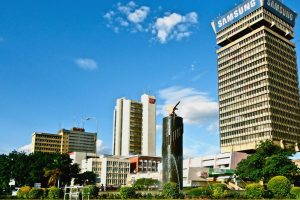Rwanda has become the latest African country to legalise the growing and trade in cannabis. The main objective of its legalisation is to diversify the economy by increasing the country’s exports. The use of cannabis for recreational purposes remains illegal.
Other countries that have legalised cannabis in Africa are South Africa, Zimbabwe, Malawi, Zambia, Ghana, Uganda, and Lesotho. Apart from South Africa, the rest of the countries took agriculture into consideration in the legalising it. For example, in 2016, Malawian parliament approved agricultural trials of non-psychoactive cannabis grown for fiber and oilseeds. Other African countries considering legalising cannabis include Eswatini and Morocco.
In this article, we will look at the what legalisation means in terms of the future of agriculture on the continent.
Key points from The African Cannabis Report
- Africa’s legal cannabis industry could be worth more than $7.1 billion annually by 2023 if legislation is introduced in some of the continent’s major markets.
- High unemployment rates and a global decline in demand for tobacco crops has hit these economies [African countries relying on tobacco] hard. However, the region has a wealth of experience in cannabis cultivation; despite its illegality, many agricultural workers have turned to cannabis farming as the only way to earn enough money to provide for the basic needs of their families.
Cannabis and Agriculture in Africa
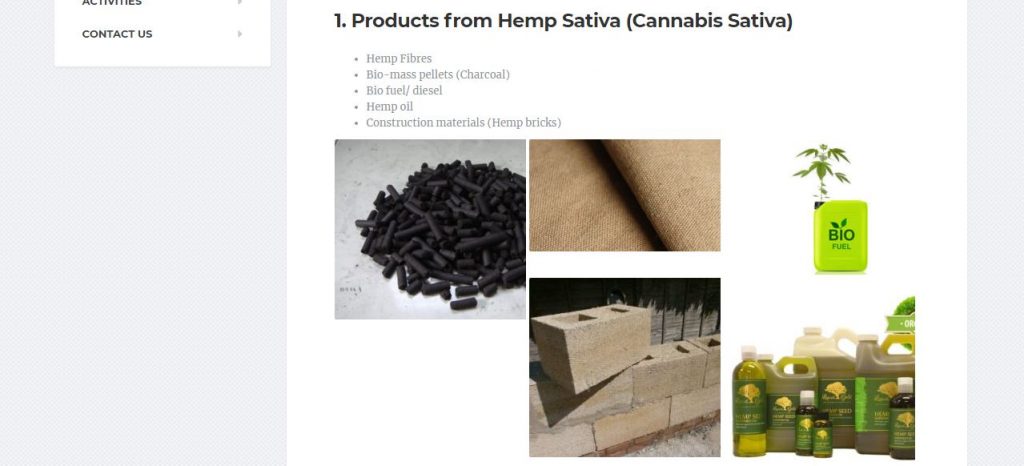
In a journal paper titled, “A brief agricultural history of cannabis in Africa, from prehistory to canna-colony,” Chris S. Duvall outlines four phases of cannabis agricultural history: the mostly prehistoric period in which the plant initially colonized the continent; the brief period when cannabis was legal under colonial governments; the remainder of the twentieth century, when drug-control laws made it an illegal crop; and the currently unfolding moment when several countries have enacted cannabis liberalization.
According to Duvall, North African farmers planted cannabis for hemp into the early 1900s. In sub-Saharan Africa, cannabis fiber was significantly harvested only in Madagascar, where people made hemp fabric. In the 1790s in Mozambique, people made ropes from stems and external medicines from leaves.
Cannabis Agricultural Potential
Hemp, or industrial hemp, is a strain of the Cannabis sativa plant species that is grown specifically for the industrial uses of its derived products. It is one of the fastest growing plants and was one of the first plants to be spun into usable fiber 10,000 years ago. — Wikipedia
Writing for Forbes, Natalie Parletta makes the following observations about hemp:
- Hemp is a weed, so it grows prolifically with little water and no pesticides.
- It takes up relatively little space, produces more pulp per acre than trees, and is biodegradable.
- Hemp crops even give back by returning nutrients to the soil and sequestering carbon dioxide.
- Hemp is a more sustainable, organic and regenerative agricultural crop, and most everything that you can make with cotton or soy or corn can be made with hemp – with way less impact on the Earth.
- Virtually every part of the plant can be used. The stalk’s outer bast fiber can make textiles, canvas and rope while its woody core – hurd – is used for paper, construction and animal bedding.
- […] the seeds are high in protein, fiber, omega-3 fats and other nutrients. Their oil can be used for paints, adhesives, cooking and plastics. Even the leaves can be eaten and used to make juice.
Hemp can replace the use of cotton in prodution of textile. One the disadvantages of cotton for the production of textile is its negative impact on natural water flows and water quality on water basins. The water footprint of industrial hemp is less than one third of the water footprint of cotton. Moreove, hemp does not necessarily require pesticides and the fibres are stronger and less prone to fading.
Boniface Kadzamira, the former MP who tabled the tabled the bill to legalise cannabis in 2015 in Malawi, says:
It is my strong view that cannabis will in the long run replace tobacco to become our major cash crop – that will contribute hugely to the GDP.
Agriculture is the biggest employer in Malawi. Tobacco is Malawi’s major export. However, tobacco has experienced global decline, labour shortages (partly due to rural urban migration), low tarrifs and dwindling prices. Additionally, tobacco farming comes with negative impact on the environment and health of users and farmers. Many African countries have been impacted by climate change-induced drought. Fortunately, cannabis can grow in dry conditions.
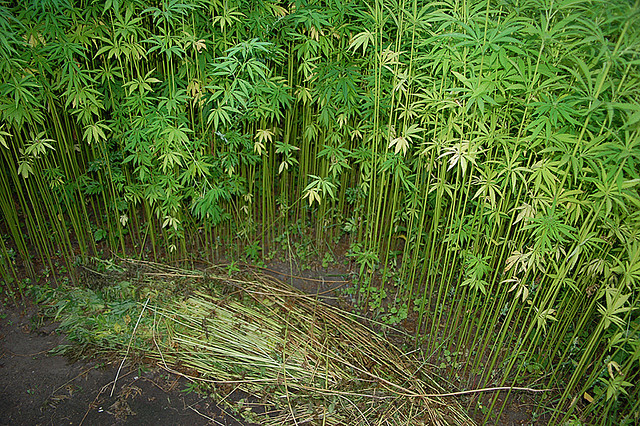
Demand for Hemp
The global industrial hemp market is projected to grow from USD 4.6 billion in 2019 to USD 26.6 billion by 2025, recording a compound annual growth (CAGR) of 34%
The promising potential for hemp to transform and advance agriculture in Africa is mainly due to its demand for industrial and medicinal use. The demand for hemp in a number of industries such as food, medicine, construction, and textile is growing worldwide.
In 2017, Lesotho became the first nation in Africa to issue licenses for the production of medicinal cannabis. Some of the world’s biggest cannabis companies listed on the Canadian and New York stock exchanges have invested in Lesotho’s fledgling industry, forming partnerships worth millions of dollars with local companies.
Industrial Use
Hemp can be used for various purposes. For instance, it can be refined to make commercial items such as clothing, textiles, papers, biofuel, food, animal feeds, shopping bags, paper, chipboard, biodegradable plastics, and hempcrete (building blocks made from hemp).
Medicinal Use
Hemp has been tested and proven to cure some diseases. Its medicinal use is due to the presence of the CBD molecules contained in the plant. The plant is used to extract hemp oil, which is beneficial for skin health like treating dermatitis, eczema, psoriasis, and acne. It is also helpful in brain health due to the presence of fatty acids and hemp oil that helps the brain to function well. Furthermore, cannabis is useful in preventing cardiovascular diseases due to the high concentration of alpha-linolenic acid. Cannabidiol (CBD) is used as an ingredient of various drugs such as the ones that treat inflammation. It is also used in treating medical conditions associated with cancer, arthritis, alzheimer, insomnia, anxiety, chronic pain, epilepsy, fibromyalgia, and Parkinson’s disease.
Final Thoughts on Cannabis Legalisation in Africa
Large scale transition from traditional crops to cannabis will initially come with a lot of challenges. However, its diverse application will result in the creation of new revenue source and industries based on on its production and uses.
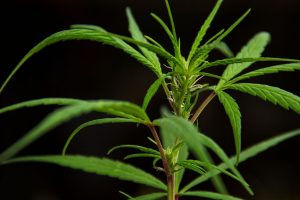
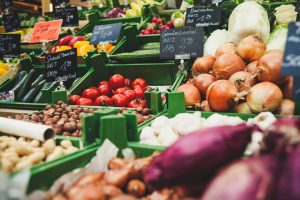
![How to Grow Hemp for Industrial and Medicinal Use [Beginner’s Guide]](https://businessideas4africa.com/wp-content/uploads/2020/11/vpfehvi5ue4-scaled-300x200.jpg)

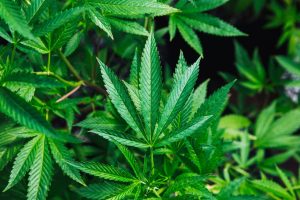
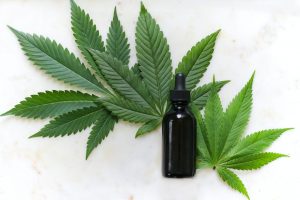
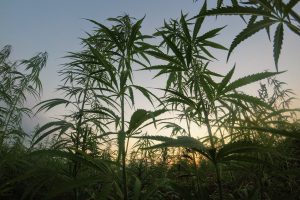
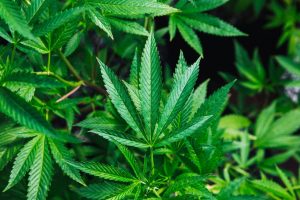
![Starting a Lucrative Hemp Farming Business in Zambia [Interview]](https://businessideas4africa.com/wp-content/uploads/2020/10/pgc9vid8o24-scaled-300x200.jpg)


![How to Patent an Idea [Kenya, Tanzania, Ghana, Nigeria, South Africa, Zambia]](https://businessideas4africa.com/wp-content/uploads/2020/11/patent-300x200.jpg)
